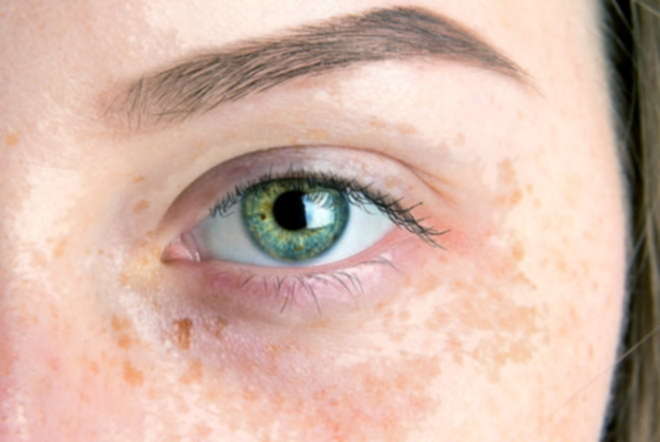Beauty:
Discolouration, Everyday Ways to Lighten Pigmentation
Beauty:
24 Sep 2017

Discolouration is a never-ending frustration for many women. Traditionally when it came to discolouration and melasma on the face, the first thing your doctor used to prescribe was sunscreen and hydroquinone.
But, this is no longer true. Hydroquinone may, in fact, cause other complication and discolouration and is now banned in many countries. Here we look at the alternative options which are just as effective.
Discolouration fighting ingredients
1. Vitamin C

Comments
Warning: Undefined variable $returninguser in /home/forge/skinonline.co.za/wp-content/themes/skinonline/comments.php on line 60
Warning: Undefined variable $aria_req in /home/forge/skinonline.co.za/wp-content/themes/skinonline/comments.php on line 73
Warning: Undefined variable $comment_author_html in /home/forge/skinonline.co.za/wp-content/themes/skinonline/comments.php on line 73
Warning: Undefined variable $aria_req in /home/forge/skinonline.co.za/wp-content/themes/skinonline/comments.php on line 74
Warning: Undefined variable $comment_author_email_html in /home/forge/skinonline.co.za/wp-content/themes/skinonline/comments.php on line 74
Warning: Undefined variable $post_id in /home/forge/skinonline.co.za/wp-content/themes/skinonline/comments.php on line 78